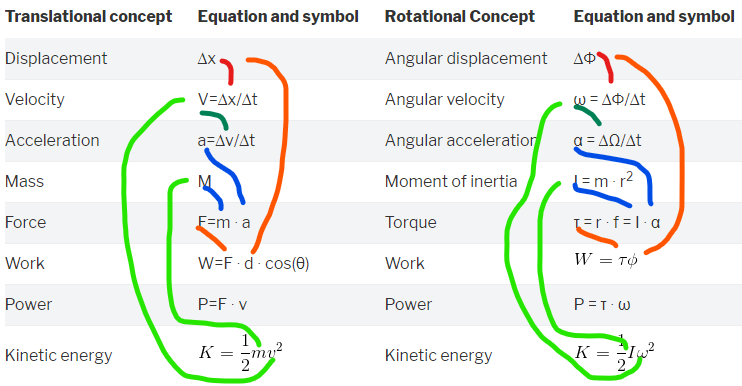In class
- Whiteboard problems from last night’s homework.
- Start on tonight’s homework: Problems 15, 19, 21, 23 on page 219.
Homework
- Read Sections 7.2 and 7.3, pages 193-198
- Solve problems 15, 19, 21, 23 on page 219.
- If you are up at around 6:30, take a look to the east and look for Mars, Jupiter, and Saturn, which will be lined up right above where the sun will rise.

